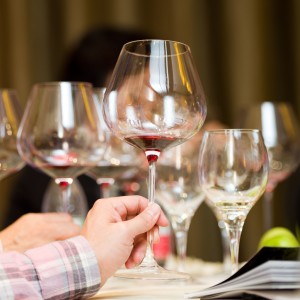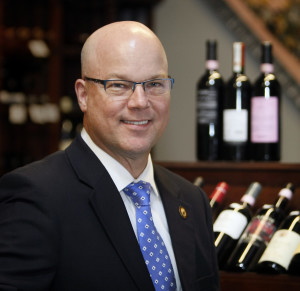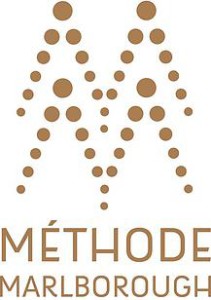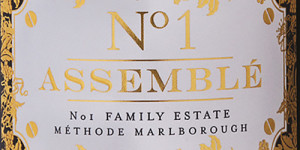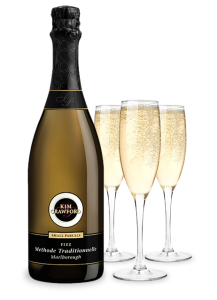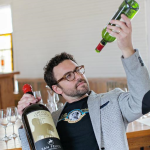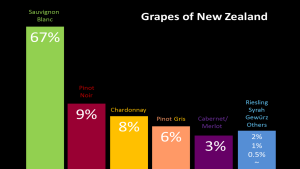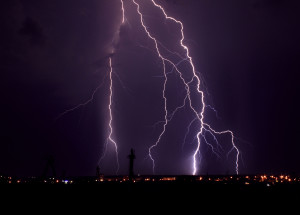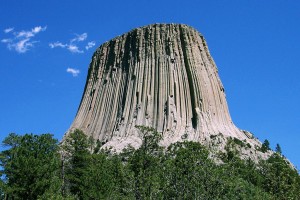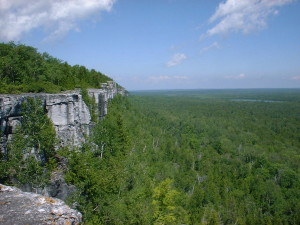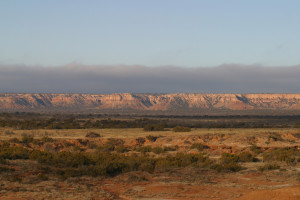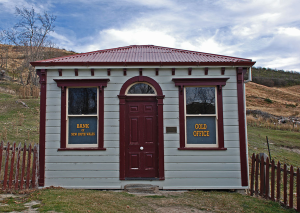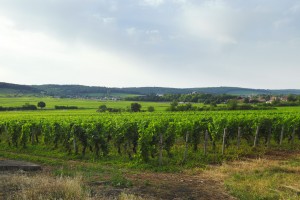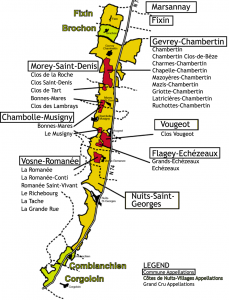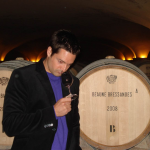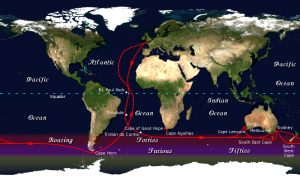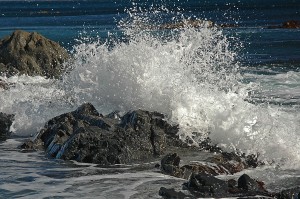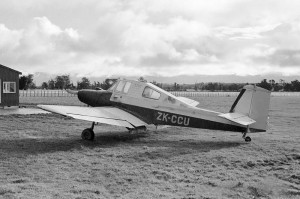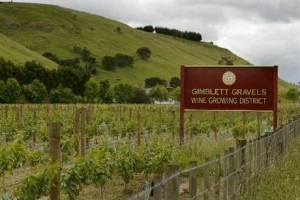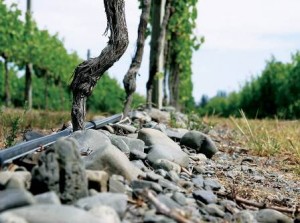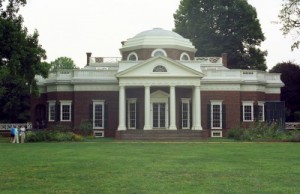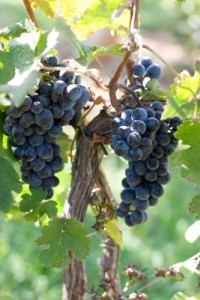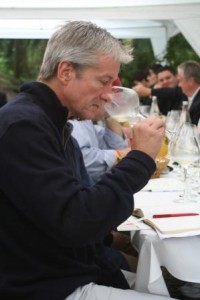Today we have a conference preview from Eric Hemer, CWE, MS, MW. Eric tells us about his upcoming session titled, “International Pinot Noir Styles – A Comparative Blind Tasting Seminar” to be presented as part of SWE’s upcoming 41st Annual Conference:
International Pinot Noir Styles – A Comparative Blind Tasting Seminar
Conducted by: Eric Hemer, CWE, MS, MW – Senior VP, Corporate Director of Wine Education, Southern Glazer’s Wine & Spirits of America
This informal yet informative seminar will focus on Pinot Noir from around the world, including high quality, representative examples from regions such as Burgundy, Austria, California, Oregon, New Zealand and Australia, among others. In all, eight wines will be tasted in a blind format. We will start with an introduction to the variety, including historical background, viti/vini, and current, pertinent information. While tasting each wine, gentle audience participation will be encouraged. Each wine will be revealed after tasting and information on the producer, region of origin and viti/vini will be discussed. Handouts with details on each wine will be provided, and the PowerPoint presentation will be made available to all on the SWE website after the conference has concluded.
Eric’s session, “International Pinot Noir Styles – A Comparative Blind Tasting Seminar” will be held on Thursday, August 10th, 2017 at 2:45 pm as part of SWE’s 41st Annual Conference, to be held August 10 through 12 in Portland, Oregon.
Speaker Biography: Eric Hemer began his career at Southern Wine & Spirits (SWS) in 1988 as an On-Premise Wine Consultant in Palm Beach County, Florida. He went into management in 1990 and held various positions over the years, culminating in General Manager for American Wine and Spirits of Florida.
In 1998, as similar positions were created around the country at SWS, he was appointed Educational Director for SWS of Florida, a return to his original interest in fine wine. Hemer passed the Certified Wine Educator examination in 1999, the Master Sommelier examination in 2003 and the Master of Wine examination in 2013. In 2014, he was promoted to his current position of Senior Vice-President, Corporate Director of Wine Education for SWS of America and today oversees wine educational endeavors in 46 markets across the US and Canada with the new company, Southern Glazer’s Wine & Spirits of America.
Eric is actively involved in wine education with numerous affiliated organizations as well, teaching at The Chaplin School of Hospitality and Tourism Management at Florida International University in Miami, acting as consulting sommelier and speaker for Chef Jean-Pierre’s Culinary School in Ft. Lauderdale, and is deeply involved in courses, lectures and examinations around the country with the Court of Master Sommeliers, the Institute of Masters of Wine, the Society of Wine Educators, and the Wine and Spirits Education Trust.
